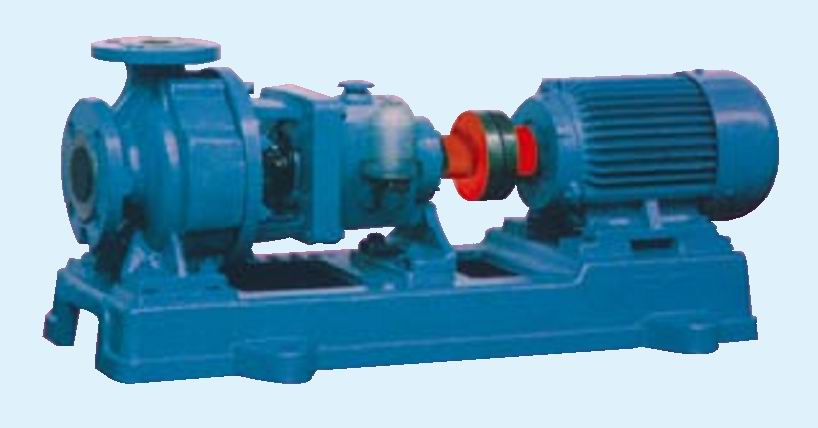
1. Does the vibration generated by the chemical pump during operation have any impact on the process and the environment? If the process does not allow for vibration, then a pump without vibration or measures to prevent vibration should be selected.
2. Understand the composition of the gas being pumped, whether it contains condensable vapors, particles, dust, or corrosive substances. When choosing a vacuum pump, it is necessary to know the gas composition and select the corresponding pump for the gas being pumped. If the gas contains vapors, particles, and corrosive substances, auxiliary equipment such as condensers and dust collectors should be installed on the inlet pipe of the pump.
3. Under the working pressure of the chemical pump, it should be able to remove all the gas generated during the process of the vacuum equipment.
4. Correctly combine vacuum pumps. Since vacuum pumps have selective pumping capabilities, sometimes using only one pump may not meet the pumping requirements, and several pumps need to be combined to complement each other to meet the pumping requirements. For example, the titanium sublimation pump has a high pumping speed for hydrogen but cannot pump helium. While the tri-polar sputtering ion pump (or the bipolar asymmetric cathode sputtering ion pump) has a certain pumping speed for argon, combining these two pumps will provide better vacuum for the vacuum device. Additionally, some vacuum pumps cannot operate at atmospheric pressure and require pre-vacuum; some vacuum pumps have an outlet pressure lower than atmospheric pressure and require a pre-stage pump. Therefore, pumps need to be combined for use.
5. The requirements for oil contamination of vacuum equipment. If the equipment strictly requires no oil, various oil-free pumps should be selected, such as water ring pumps, molecular sieve adsorption pumps, sputtering ion pumps, and low-temperature pumps. If the requirements are not strict, oil pumps can be selected along with some oil prevention measures, such as cold traps, baffles, and oil traps, to achieve clean vacuum requirements.
6. Correctly select the working point of the vacuum pump. Each pump has a certain working pressure range. For example, the 2bv series water ring vacuum pump has a working pressure range of 760mmHg to 25mmHg (absolute pressure). Within this wide pressure range, the pumping speed of the pump changes with pressure (for detailed changes, refer to the performance curve of the pump), and its stable working pressure range is 760 to 60mmHg. Therefore, the working point of the pump should be selected within this range, and it should not be allowed to operate for a long time at 25 to 30mmHg.
7. The impact of the oil vapor discharged by the chemical pump on the environment. If the environment does not allow for pollution, an oil-free vacuum pump can be selected, or the oil vapor can be discharged outdoors.
8. The working pressure of the vacuum pump should meet the limit vacuum and working pressure requirements of the vacuum equipment. For example, a vacuum drying process requires a working vacuum of 10mmHg. The selected vacuum pump should have a limit vacuum of at least 2mmHg, and preferably 1mmHg. Generally, the limit vacuum of the pump should be higher than the working vacuum of the vacuum equipment by half to one order of magnitude.
9. The price, operation and maintenance costs of the chemical pump.






